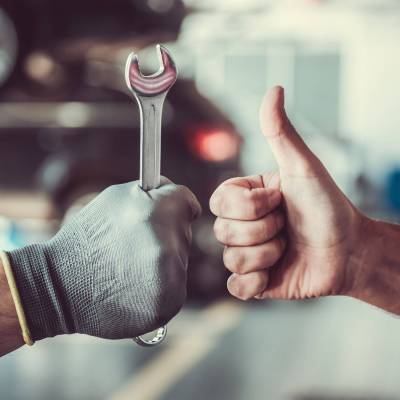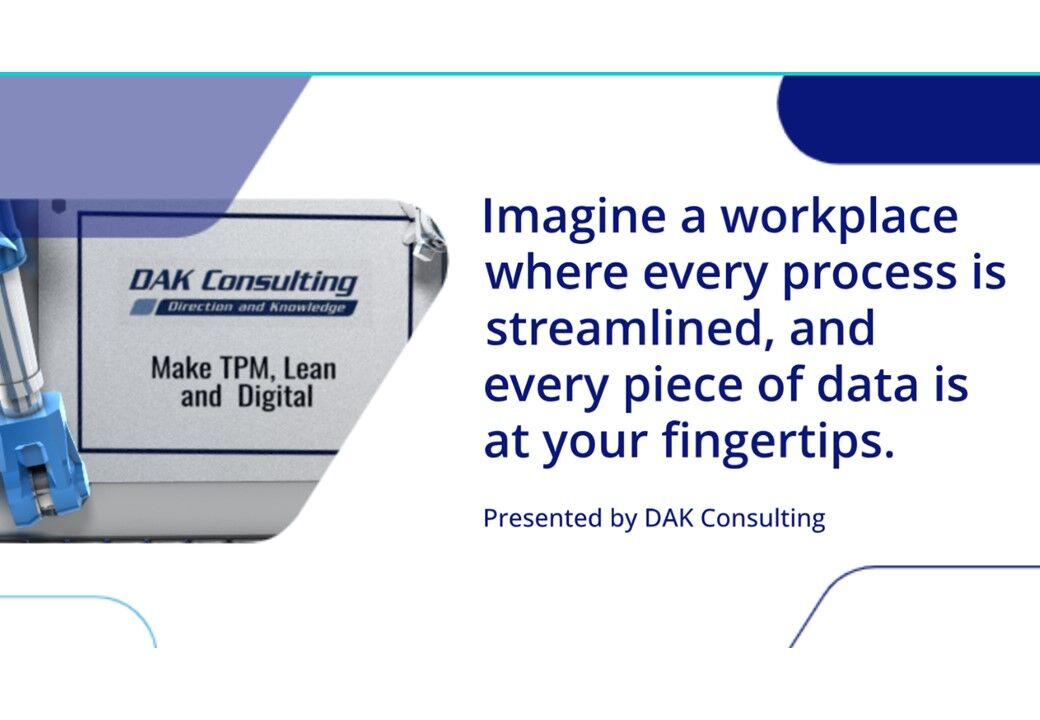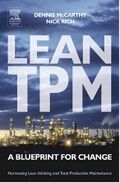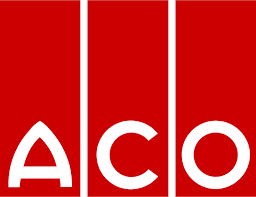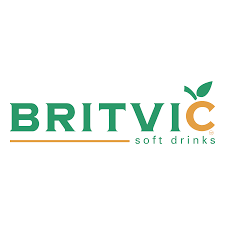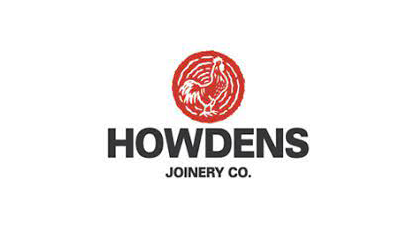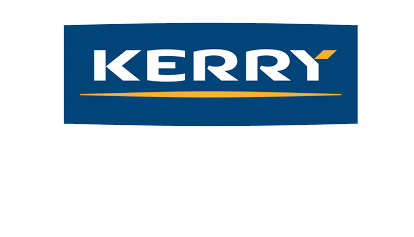Resources

This section contains articles and topics of interest to those meeting the challenge of improving performance in Manufacturing and Process Industries.
That includes guidance to site resources on the topics of Taming Technology, Ratcheting Up Performance, Delivering Better Projects Faster and Digital CI.
Resource Gateways
- Details
- Category: Resources
The Resource Gateways below provide a simple way to access relevant website videos, articles and downloads setting out practical applications for Lean and TPM improvement principles and techniques.
For more ideas about overcoming barriers to improvement check out the Blog section or for a full list of Blog and Resource article titles click here.
If you would like more information about any of the items shown, use the contact form or to book on a course use the course booking form.
-
Creating a Proactive Culture
Article content covers the practical levers that influence mindset and engagement. As experienced leaders will know, logic alone is not enough.
These articles explain how to create a proactive culture and why this is the reason why some organisations achieve lasting improvement, whilst others fail.
Improving Reliability and ResilienceThe road map industry leading performance, is a journey with 2 different challenges. The first of these is "Improving Reliabilty and Resilience" to achieve the TPM goal of zero breakdowns or stable running. The LeanTPM approach used here also incorporates Lean thinking to improve workflow, simplify material coordination and improve productivity.
Success with this first step depends as much on achieving a shift in outlook as it does on improvement tools and techniques but the gains are significant.
Ratcheting up PerformanceRatcheting Up Performance covers the second part of the journey to industry leading performance.
This means that there are fewer stoppages so this KPI can no longer be the main trigger for prioritising action.
The tactics of this part of the improvement road map concern raising standards to optimise process capability. This has a major impact on how data is used to set accountabilities, goals, drive decision making and measure progress. A common goal is to extend time between intervention from minutes to hours. In doing so, process quality improves and Overall Equipment Effectiveness continues to rise.
The transition involves significant changes to the role of Front Line Leaders and Maintenance Engineering.Deliver Better Projects FasterMost managers have had experience of projects which failed to deliver their promise or where costs escalated far beyond their original estimate.
This theme covers the causes of common problems of project delays and overspend with the aim of providing a road map to deliver flawless operation from day 1 for new operations, new assets and upgrades.
The Digital LeanTPM BlueprintThe Digital LeanTPM Blueprint expands the scope of Lean and TPM to include the selection and use of data, analysis and model development to drive out waste and enhance real time added value. An approach based on the lessons learned by well known and award winning organisations who have achieved step up gains from the delivery of advanced technology.
The Journey to Make TPM Lean and Digital
- Details
- Category: Resources
The popular image of Smart Technology features the hardware: Robots, 3D printing and Headsets etc. However the real gains are not just down to the tech; the true value of Smart Technology comes from how it changes the dynamics of day to day operation, enhancing connectivity between people, plant and processes to transform manufacturing for the better.
The role of digitisation within that is to provide access to data and although machine learning and artificial intelligence are powerful analysis tools, they cannot compete with the experience of your existing skilled personnel.
Digitisation enables new ways of working such as the ability to automate routine and support planning, coordination and decision making but delivering those gains takes more than just installing new technology.
So what is involved and how can you make this happen?
Your Free Improvement Programme Health Check
- Details
- Category: Resources
Below is a link to a CI programme health check covering 10 benchmark capabilities.
This is based on our work with well known and award winning organisations plus research into the improvement journeys of over 300 organisations. The research identified the pitfalls that contribute to improvement programmes running out of steam.
It also identified how the most successful organisation were those who used their CI process as a vehicle to systematically develop internal capabilities to deliver business goals. The gains are significant, its like releasing a hidden factory!
Leader Guides: An Overview
- Details
- Category: Resources
One of the common features of our bespoke support pathways is the provision of customised Leader Guides to aid personal development, forward planning and programme governance.
DAK Academy Leader Guides set out improvement road map steps to align outlooks, encourage self learning and develop improvement leadership skills.
The Leader Guides content sets out the best practice steps followed by industry leading organisations as they progress towards industry leading performance through the steps of:
- Breaking out of reactive maintenance
- Scaling up for growth
- Reducing minor stops and defects
- Delivering Step Out performance
Each leaders guide is structured as workbook of 4 chapters setting out the training and coaching topics for:
-
Leader Guide Content
Chapter 1: Take stock and encouraging new thinking.
- Assess strengths, weaknesses, improvement potential and develop recommended next steps
- Develop improvement programme workstreams and timetable
Chapter 2: Raise performance and release potential
- Support touch point 1: Mobilisation training and team briefing
- Project specific training and coaching modules using Micro Learning Video and Online working sessions
Chapter 3: Build capability and engagement
- Support touch point 2: mid project review, policy development and forward planning
- Project specific training and coaching modules using Micro Learning Video and Online working sessions
Chapter 4: Deliver the full potential
- Support touch point 3: Feedback and launch next roll out cascade phase
Practical Project SupportThe Leader Guides set out practical workplace learning projects to develop internal capabilities whilst delivering business improvement goals.
Support plans provide timely training, coaching and hands on guidance during those projects covering programme leadership, improvement tools and implementation activities.
Projects, carried out alongside normal duties over quarterly cycles, integrate with and enhance day to day management routines through the application of:
- Improvement glide paths
- Focussed improvement tool sets
- Workplace learning
- Tracking and programme governance
Support plans are developed to meet the needs of each organisation but can include the following activities.
Readiness Review
Interviews with key stakeholders, analysis, awareness and feedback sessions to set out current status, improvement potential and suggested next steps
Frequency: As required but typically once per programme
Leader Learning Session
Facilitated working sessions with one or more senior managers covering action mapping, gap analysis, plan the plan, policy development or steering committee activities.
Frequency: Monthly
Participants: Business sponsors, functional heads and Local Area Leaders. Within the Leader Learning club format, learning pathways include:
- CI programme management,
- Top Down Policy Deployment
- Core team Facilitation
- Change Management.
Mobilisation workshops
Training/coaching combined with practical application sessions involving live assets or processes. Used to develop team capabilities to gain an in depth insight into the issues to be addressed and how to resolve them.
Frequency: Once per workplace learning project
Participants: Improvement leaders and key front line personnel.
Online working sessions
Briefing and review sessions with remote facilitator support covering topic briefings, action and review of progress.
These sessions are supported with micro video pre briefings and workbooks setting out the tasks to be completed.
Frequency: Typically 2 times every 3 weeks over 12 to 16 weeks.
Participants: Front Line leaders and cross functional core team members
Leading a Lean Culture Revolution
- Details
- Category: Resources
The fastest and most effective way to deliver lasting improvement gains is by adopting a 90% focus on people and 10% on tools and techniques. That is the opposite of the traditional approach to implementing Lean thinking which focusses 90% on tools and techniques 10% on people.
We recently ran a 30 minute briefing webinar, where Tom Hughes provided practical examples and case study results to set out why this approach works and the practical Leadership buttons to press to do the same. This article includes a link to a recording of that webinar.
-
Achieving Sustained Improvement
Research for the book "Lean TPM a blueprint for change" plus our work with the UK Best Factories award programme led to the creation of a benchmarks database setting out the improvement journeys of over 300 organisations.
That provided an insight into what it takes to deliver lasting improvement as well as the common barriers to improvement progress.
This graphic below plots a typical improvement journey using the three improvement dimensions of plant, procedures and people in order of priority. For those organisations without large items of plant replace the term plant with operations or execution.
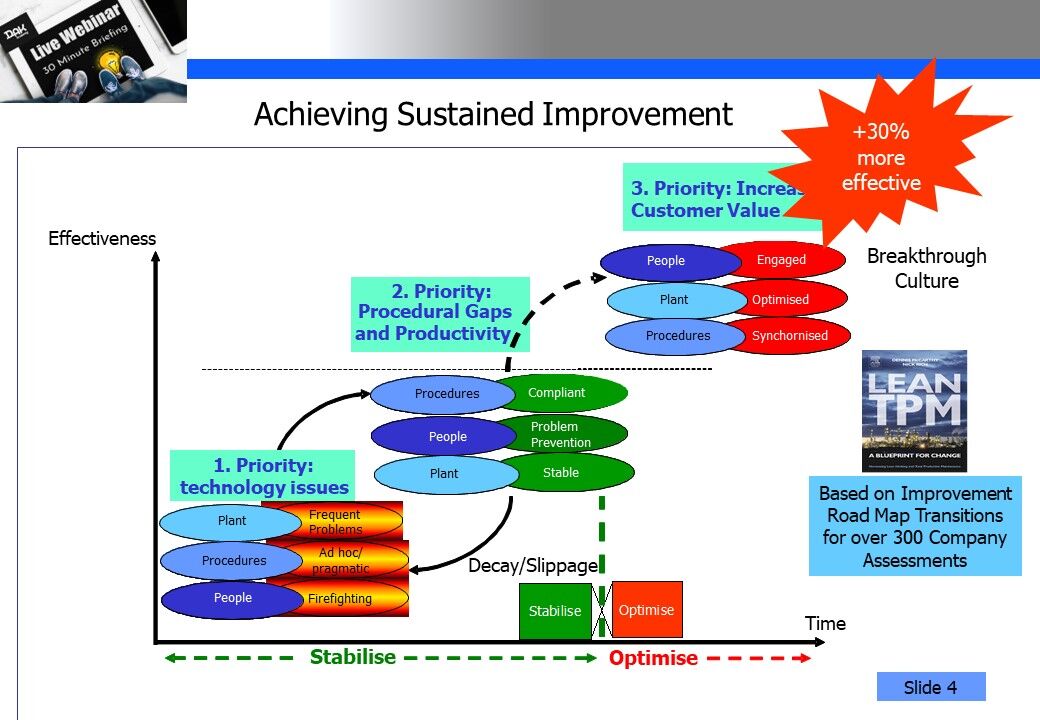
At the beginning of the journey the priority is plant or operations reliability with the goal of breaking out of reactive firefighting. The breakthrough to stable operations/zero breakdowns involves a focus on formalising procedures to establish basic asset conditions, reduce accelerated wear and waste. That improves effectiveness the flow of added value and saves time.
This approach can deliver significant gains but those who stop here find that the pace of improvement is not easy to sustain. As people move, new people join or new leaders take over, practices become diluted leading to decay and slippage or increased bureaucracy as organisations try and recover the situation. Creating a glass ceiling.
Organisations that are able to break through the glass ceiling sustain the gains by putting people and culture at the top of their improvement priorities. That creates improvement pull to support a step out outlook of growth by delivering new value to customers.
The evidence is that adopting the people development priority at any stage of the journey accelerates the pace of improvement and makes it easier to sustain the gains.
Creating an Improvement PullPeople love solving puzzles because it generates a feeling of satisfaction.
It will also create a sense of pride when solving the puzzle brings respect from others.
That is why humans have an innate drive to solve problems. The graphic below summarises the conditions that need to be in place for people to become engaged with solving work related puzzles and create an improvement pull culture.

Firstly People need a purpose to believe in. From a leadership perspective, that means providing a way for people to contribute as part of their day job.
2. For people to learn how to contribute takes support from leaders to encourage taking part and how to find answer that matter.
3. Once engaged people need feedback and recognition on the value of the role they are playing.
In addition, particularly when adapting to change, people adopt the behaviours of role models they respect. That is what locks in the engagement process.
So as an improvement leader, if you want encourage engagement you need to be personally engaged with and passionate about improving the way you work.
Making a StartThe starting point for all successful improvement journeys involves the leadership team in finding answers to the following questions.
- Why am I doing it, what do I need to work on.
- What action to take to align leader outlook across functions.
- How to take action early to ensure that systems and processes are going to work with you not against you.
- How to encourage people to stop and speak up.
- How to listen and act on that as part of the culture.
Don't expect to get all the answers to these questions as a single hit but, the important thing when making a start is to agree that these questions are valid and will need to be answered as part of the early steps in the programme.
To get the conversation started, you might want to consider using our self assessment review sessions. These are 2 to 4 hour management working sessions to explore the gaps, barriers and drivers of improvement themes including:
Use these to generate curiosity about what different an improvement pull strategy could make to the management of:
- Direction setting (what does good look like, what are the first steps, who decides, how to communicate)
- Building Capability (What do we need, how to get it)
- Execution (Capture learning, Make improvement part of the day job)
- Performance Management (what to track how to guide progress towards the vision)
Building Commitment in OthersThe Continuous Improvement process is a vehicle to take you to where you want to go. It is not a destination. Get that right and it will infect those around you to do the same.
Firstly, work on learning how to recognise and challenge waste in your own work routine.
Start with things that bug you and understand how to improve that, As you do that, you will learn how to become a role model for improvement.
Develop a personal routine to build new improvement habits. (Take time to make time)
Create an Improvement Leader NetworkAs part of the improvement process
- Identify your improvement leader network. (Managers, Team Leaders, Support).
- Agree the current issues, priorities and improvement themes.
- Set up a weekly Leaders Learning Club session for each theme to develop leader capabilities, apply and share ideas.
- Apply these ideas and insights using practical projects and use that process to learn the basics of coaching.
- Set up a what's app group to share improvement experiences and learning across the network.
- Create a Lean Cave to support visualisation of standards, work routines and work places.
- Embrace the daily improvement sessions and quarterly workplace learning cycles. Use these to engage the workforce with the improvement themes.
Make CI Part of the RoutineThe most common reasons for the failure of "improvement pull" to take hold are gaps in the fabric of management related to three linked processes. These concern:
- What to do when things go wrong: Without a formal process used by all levels, progress will be limited to fixing simple issues. The organisation will not be able to deal with the underlying causes when complex problems are encountered so they will resurface and reinforce reactive management. This also makes it difficult to systematically try out and learn from new ideas and opportunities for improvement.
- How to manage change: That covers processes used to align cross functional priorities and systematically engage all levels of the workforce with introducing new ideas. This also covers how to prime the ideas pump to make people curious about what could be done to improve the current state.
- How to encourage behaviours that:
- Reinforce standards of work and highlight capability gaps
- Make it easy for front line roles to highlight and resolve missing or complex work routines.
- Develop capability, build on new ideas and share lessons learned
Gaps in accountabilities for any of these three areas means that weaknesses in work routines, poor daily management practices and skill/knowledge blind spots remain hidden.
The fastest way to make those hidden weaknesses visible and remove inhibitors to performance is through practical improvement projects.
Assess before and after solutions from initial improvement projects to identify why these issues were not dealt with as part of the routine. Use these as examples to promote engagement to the changes needed to remove them.
In our experience, most of these changes are low cost or even no cost. As a result, the gains will pay back the time invested in months if not weeks.
The leadership lessons learned in these early projects can then be implemented across the organisation during the rest of the programme.
The use of practical projects as a vehicle for surfacing barriers and testing ideas accelerates the adoption of best practice concepts into the real world environment.
In addition to the business gains delivered by the projects this also provides a vehicle for the development of an internal improvement leader network mentioned above. That in turn makes it easier to align priorities and generate an improvement pull across the business.
Continuous LearningWhen improvements dry up as each improvement goal is achieved, leaders reflect on how to lock in the gains using Leaders Learning Clubs to identify where to go next and how to get there e.g.
- Improve Reliability (Zero Breakdowns)
- Ratchet up performance (Preventing defects)
- Better projects faster (Capex delivery flawless from day 1)
Create LeanTPM Centres of Excellence
- Details
- Category: Resources
Organisations that successfully deliver lasting improvement, invest time in creating a culture where all of the workforce become engaged with developing the ability to eliminate waste and raise performance.
That is well illustrated by the words of this CI manager after their programme began to deliver outstanding performance.....
Lean TPM Roadmap: Improving Reliability and Resilience
- Details
- Category: Resources
The journey to industry leading performance has 2 steps. The first of these steps improves Reliability and Resilience. This involves activities to stabilise asset performance, lock in reliability gains and release resources for the second step, (Ratcheting up Performance).
Each step presents a different set of challenges but the gains are significant.
Improving Asset Care and Condition Monitoring
- Details
- Category: Resources
At the heart of reliable processes are asset care routines covering:
- Apple a day type routine tasks to prevent accelerated wear.
- Inspection checks to identify the need for servicing or attention.
- Servicing routines to replace worn parts before failure
The first two tasks are routine and should ideally be carried out without the need for technical judgement. This can often be achieved through the use of visual management and workplace organisation. Where this isn't possible, there is value in technical condition based monitoring.
Improving Performance Drivers
- Details
- Category: Resources
The secret to achieving the TPM goal of never ending improvement in OEE is to look beyond the specific Asset or Task where a problem occurred to work on the processes that should have/could have prevented the problem occurring in the first place.
For example over 50% of recurring problems occur because work routines are either poorly defined, not well trained in or poorly applied. Responsibilities for actions to prevent that from happening are typically not well defined and in any case when the problem occurs, typically it is the asset or task which gets the attention. Once that is fixed the gaps in accountabilities for underpinning systems that contributed to the problem are left as they were.
The reasons why this happens are partly down to pressure on output but mostly a lack of understanding of where to invest time in gain a higher level of performance. This is particularly true where organisations have achieved a reasonable level of stability.
Loss Tree Analysis is designed to support the targeting of weak processes and provide a way of tracking progress towards industroy leading levels of performance.
From Problem Solving to Focussed Improvement
- Details
- Category: Resources
Although problem solving skills are desirable, an over dependence on them is a common characteristic of under performing organisations, Waiting for problems to occur before taking action, is a recipe for high costs and poor customer service.
Research into the causes of unplanned stoppages highlights how around 85% of unplanned downtime is due to human error and poor working routines. Investing time in Focussed improvement deals with these issues to achieve problem prevention rather than problem solving.


